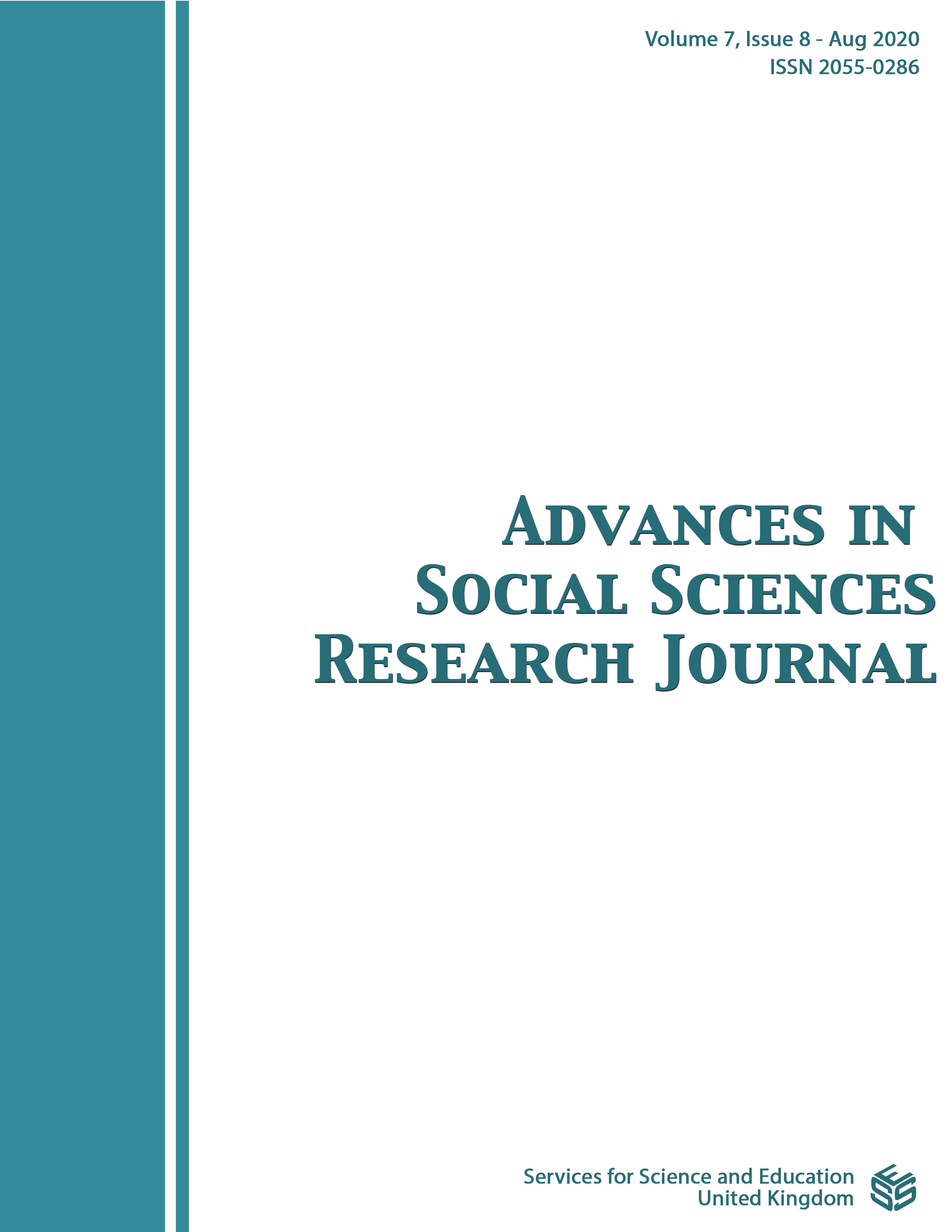Using the Picture Word Inductive Model, Art and ACTFL 5 C’s to learn a second or foreign language
DOI:
https://doi.org/10.14738/assrj.78.8639Keywords:
Keywords: Picture Word Inductive Model, PWIM, word and image, art to teach language and culture, ACTFL.Abstract
This paper will examine how art can be used as a visual aid and a primary input to teach and learn the Spanish language and culture. Art will be limited to the use of photographs and paintings that will be combined with the Picture Word Inductive Model [PWIM] and the 5C goal areas on the teaching of a foreign language as recommended by the American Council on the Teaching of Foreign Languages [ACTFL]. The five C goals stand for Communications, Culture, Connections, Comparisons, and Communities.
The Picture Word Inductive Model [PWIM] was developed by the Language Arts Specialist, Emily Calhoun in 1998 to help children expand their vocabulary repertoire and develop reading and writing skills using pictures.
Art is a meaningful input that promotes vocabulary acquisition, listening, speaking, and literacy skills. It can be incorporated into any curriculum regardless of the language methodology to build background knowledge, scaffolding as a bridge from existing knowledge and new information. Art also promotes motivation on the students ‘part, which is a key aspect to successful learning.
The researchers will provide a unit plan that can be incorporated in a fourth or fifth-semester Spanish course.
References
Arias-Zelidón, María Elena. “Awakening”. Of Human Nature Series. 2004. Color pencil on paper. Collection of the artist.
_____, “Sharing”. Of Human Nature Series. 2004. Color pencil on paper. Collection of the artist.
C. A. Curran, C. A. Religious Values in Counseling and Psychotherapy. New York: Sheed & Ward.
Calhoun, Emily. Preface. Teaching Beginning Reading and Writing with the Picture Word Inductive Model. Alexandria, VA: Association for Supervision and Curriculum Development, 2010. v-vii. Print.
Card, J. [2012]. Talking Pictures: Exploiting the Potential of Visual Sources to Generate
Eisner, E. [2009]. The Lowenfeld Lecture 2008: What Education Can Learn from the Arts. Art Education, 62[2], 6–9.
Farokhi, M., Hashemi, M. [2011]. The impact/s of using art in English language learning classes. Procedia -Social and Behavioral Sciences 31. www.sciencedirect.com
Handbook of Research in Second Language Teaching and Learning [vol 2, pp.
Jordan, Robert M. and DiCicco, Michael [2012] "Seeing the Value: Why the Visual Arts Have a Place in the English Language Arts Classroom," Language Arts Journal of Michigan: Vol. 28: Iss. 1, Article 7. https://doi.org/10.9707/2168-149X.1928
Knestric, Jennifer [November 27, 2012] The zone of proximal Development [ZPD] and why it matters for early childhood learning. Early learning. Teach. Learn. Grow. The education blog. https://www.nwea.org/blog/2012/the-zone-of-proximal-development-zpd-and-why-it-matters-for-early-childhood-learning/
Lyster, R. [2011]. Content-based second language teaching. In E. Hinkel [Ed.], Vol. 2, pp. [611-630]. New York: Routledge.
Miquel, L. [1997], “Lengua y cultura desde una perspectiva pragmática, algunos ejemplos aplicados al español”. En: Frecuencia L, 5, pp. 3-14.
Moss, David M., and Terry A. Osborn. Beyond the Boundaries: A Transdisciplinary Approach to Learning and Teaching. Ed. Douglas Kaufman. Westport, CT: Praeger, 2003. Print.
Passey, Don. Inclusive Technology Enhanced Learning: Overcoming Cognitive, Physical, Emotional, and Geographic Challenges. New York: Routledge, 2014. Print.
Productive Pupil Talk. Teaching History, 148, 40-46
Swan, M. "A Critical Look at the Communicative Approach [1]." ELT Journal 39.
Tejada Molina, Gabriel Tejada, María Luisa Pérez Cañado, and Gloria Luque Agulló. "Chapter IV: Current Approaches and Teaching Methods. Bilingual Programmes." TEFL in Secondary Education. Granada: Editorial Universidad De Granada, 2005. N. pag. Web 28 Apr. 2016.
The New York State Education Department Office of Bilingual Education and Foreign Languages Studies [2010]. Art as a tool for teachers of English language learners. The University of the State of New York. Albany, NY 12234.
Downloads
Published
How to Cite
Issue
Section
License
Authors wishing to include figures, tables, or text passages that have already been published elsewhere are required to obtain permission from the copyright owner(s) for both the print and online format and to include evidence that such permission has been granted when submitting their papers. Any material received without such evidence will be assumed to originate from the authors.






